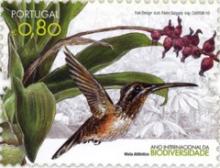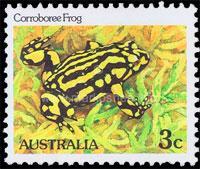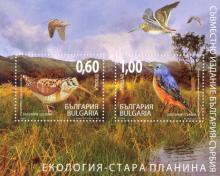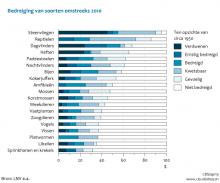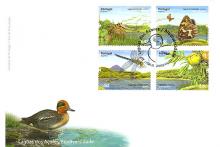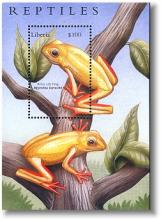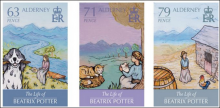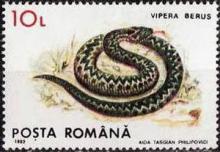Zorgen om de biodiversiteit van Hoeksche Waards Landschap
'Natuurlijke berm geeft energie’ is de titel van het rapport, dat de werkgroep C-factor van Hoeksche Waards Landschap (HWL) heeft samengesteld vanuit de zorg dat steeds meer bloemrijk grasland verdwijnt. Het gevolg is niet alleen een minder mooi aanzien, maar het betekent vooral een verlies van biodiversiteit. Doelstelling van de werkgroep is een biodiversiteit gericht beheer van de groenblauwe dooradering en een bijdrage leveren aan de nuttige toepassing van koolstof die is vastgelegd in het plantenmateriaal. In de Hoeksche Waard wordt 224 hectare aan dijktaluds en bermen door HWL ecologisch beheerd. Het totaal aantal hectares zonder productie functie is meer dan duizend. Er is een enorme winst te behalen als het op biodiversiteit gerichte beheer fors wordt uitgebreid. Het rapport is op te vragen via milieu@hwl.nl en binnenkort af te halen in Klein Profijt (Oud-Beijerland) en het Nationaal landschap centrum (NLC) (Numansdorp).

